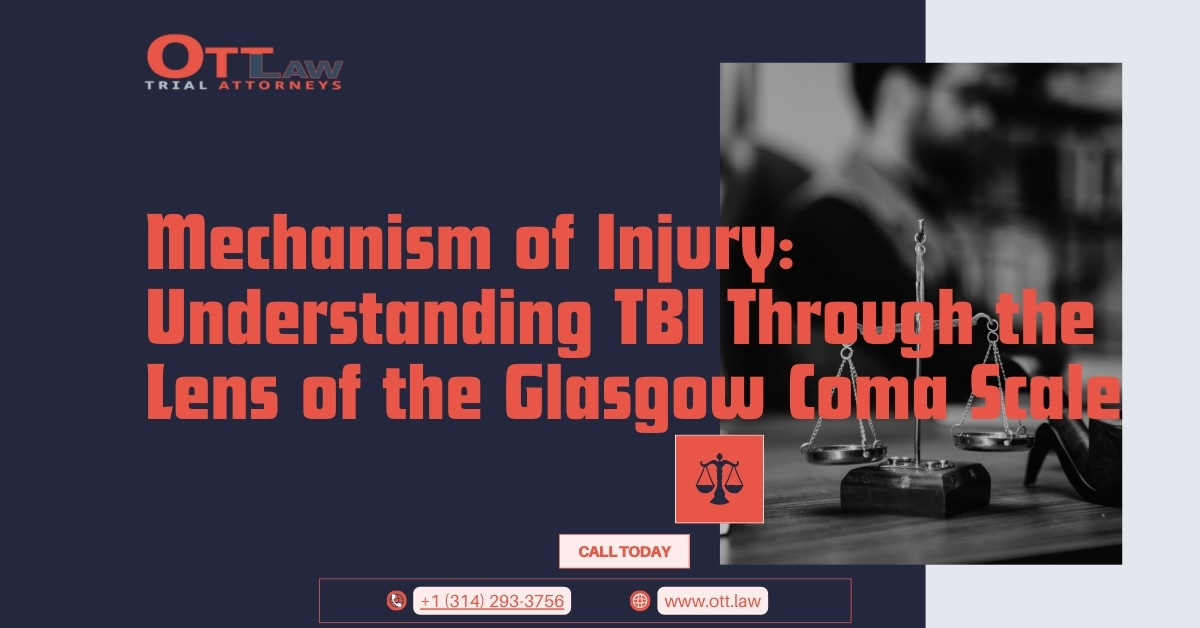The Glasgow Coma Scale (GCS) is an integral tool to gauge the severity of a traumatic brain injury (TBI). But how does the mechanism of injury play into this? And can the GCS alone paint a complete picture of the trauma suffered by a TBI patient? Let’s delve deeper.
Understanding the Glasgow Coma Scale (GCS):
GCS is a clinically accepted scale used worldwide to measure a person’s consciousness following a traumatic brain injury. It evaluates three vital parameters: eye, verbal, and motor responses. The cumulative score can range between 3 (deep unconsciousness) to 15 (fully awake and oriented). The lower the score, the more severe the injury.
Mechanism of Injury & Its Correlation to TBI:
Several factors play into the severity and type of brain injury a patient might experience:
- Brain’s Pre-existing Condition: A brain with pre-existing conditions or vulnerabilities might react differently to trauma.
- Location of Impact: Different brain regions control various functions, and damage to specific areas can result in diverse symptoms.
- Force of Impact: A harder hit generally inflicts more damage, though even mild forces can be detrimental, especially with rotational forces involved.
- Centrifugal Force: In accidents where there’s a spin or flip, like in certain car crashes, centrifugal forces can aggravate the injury.
- Multiple Impacts: More than one hit can amplify the injury’s severity.
- Immediate Post-Injury Symptoms: Symptoms like confusion, unconsciousness, or amnesia can hint at the injury’s extent.
GCS: A Snapshot, Not a Movie:
The GCS provides a snapshot of the patient’s state at the time of assessment. However, several scenarios can affect its interpretation:
- Delayed Medical Response: If a patient regains consciousness before medical personnel arrive, the GCS might not accurately reflect the injury’s initial severity.
- Witness Accounts: Eyewitness descriptions of the patient’s condition immediately post-injury can provide invaluable insights, especially if the medical response was delayed.
- Duration of Unconsciousness: Even if the GCS is administered when a patient is conscious, it doesn’t negate the fact that they were previously unconscious, which signifies a potentially severe injury.
Conclusion:
The Glasgow Coma Scale is undeniably an essential tool in TBI assessment. Still, understanding the injury’s mechanism and considering external factors like witness accounts and the injury scene’s context are crucial. When diagnosing and forming an opinion about TBI, a holistic approach that considers all available information is paramount.
For more information on traumatic brain injuries, consult medical professionals specializing in neurology or trauma care.
References:
- Teasdale G, Jennett B. “Assessment of coma and impaired consciousness. A practical scale.” Lancet. 1974;2(7872):81-84.
- “The Role of the Glasgow Coma Scale in Predicting Clinical Outcomes in Traumatic Brain Injury,” Neurological Research Journal, Dr. A. Collins, 2016.
- “Mechanisms of Traumatic Brain Injury: A Review,” Neuropsychiatry Journal, Dr. Michael J. Peterson, 2018.

